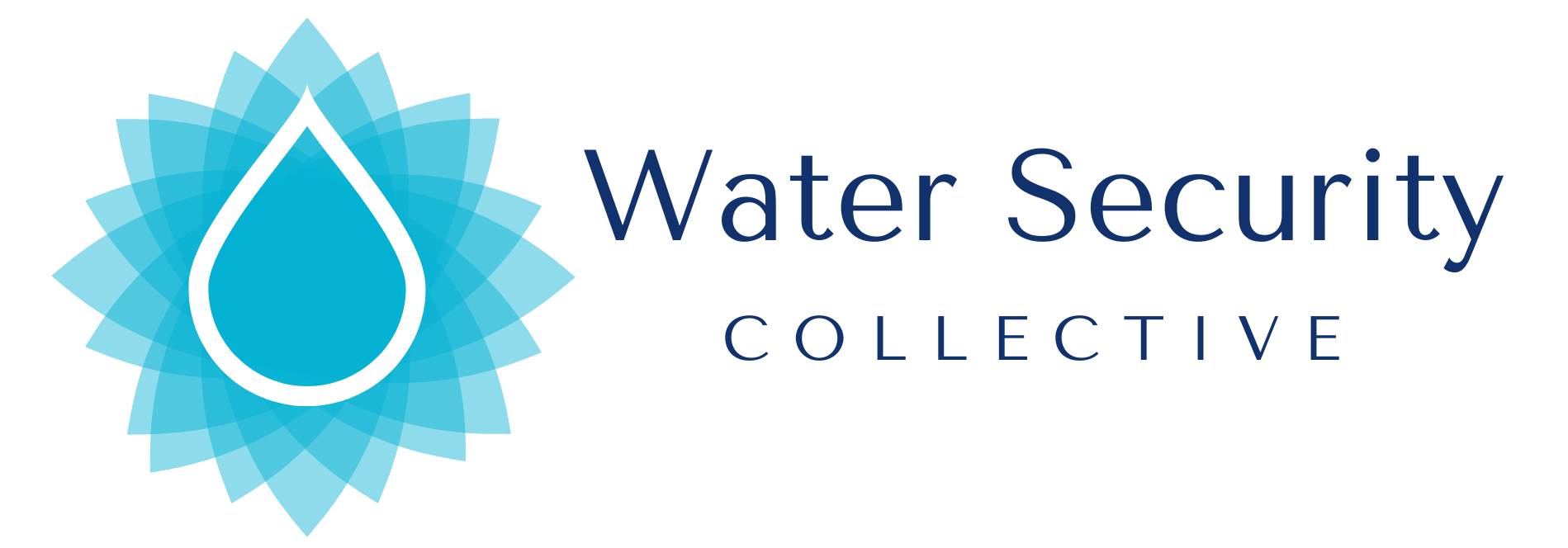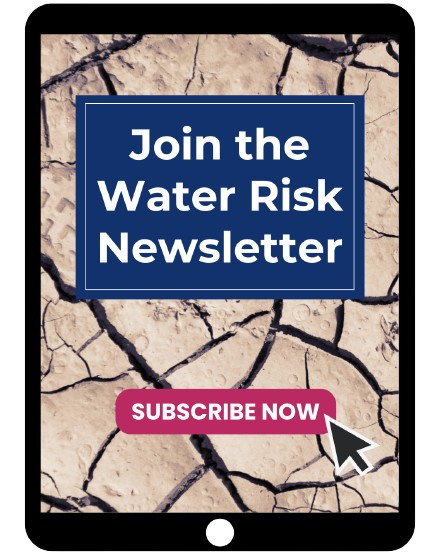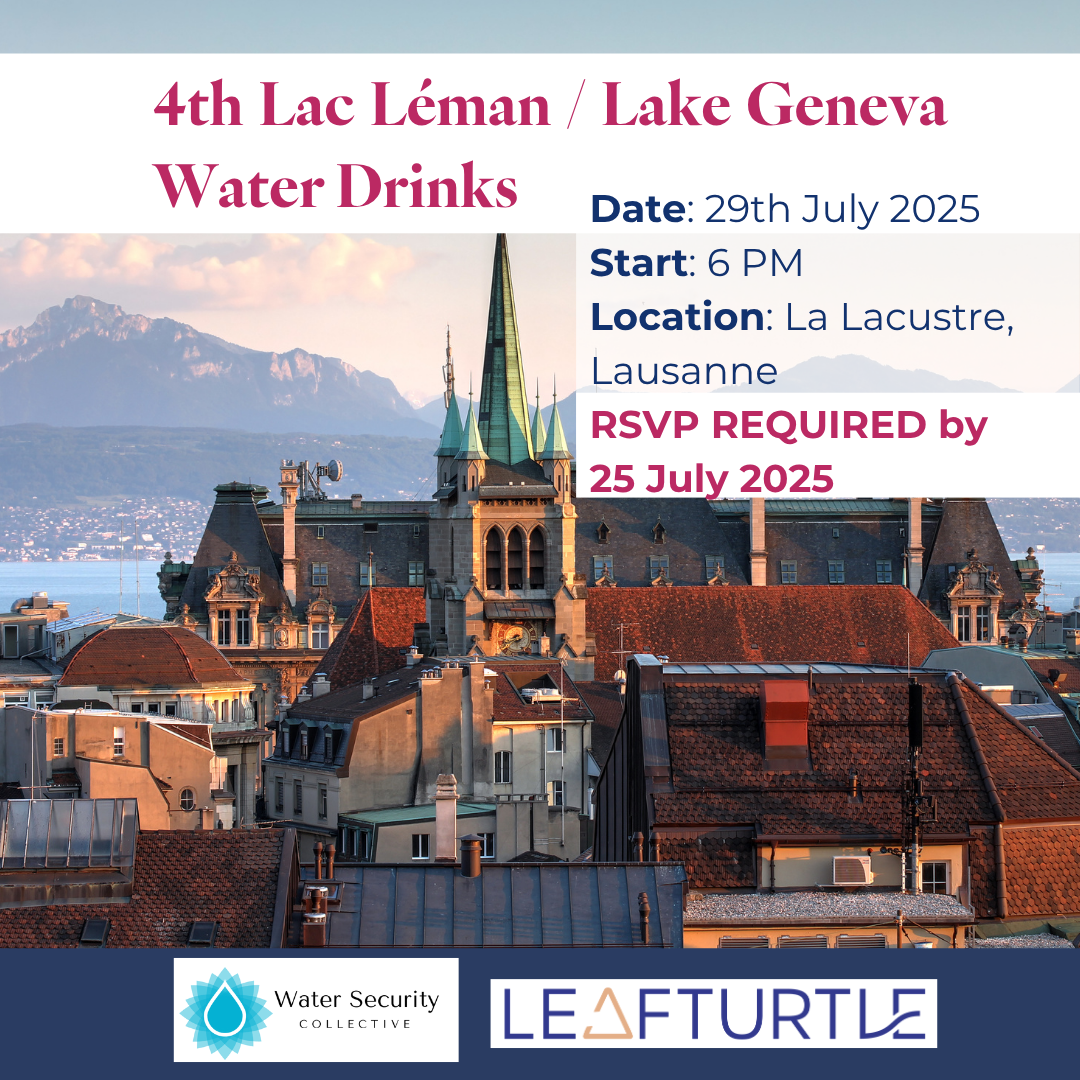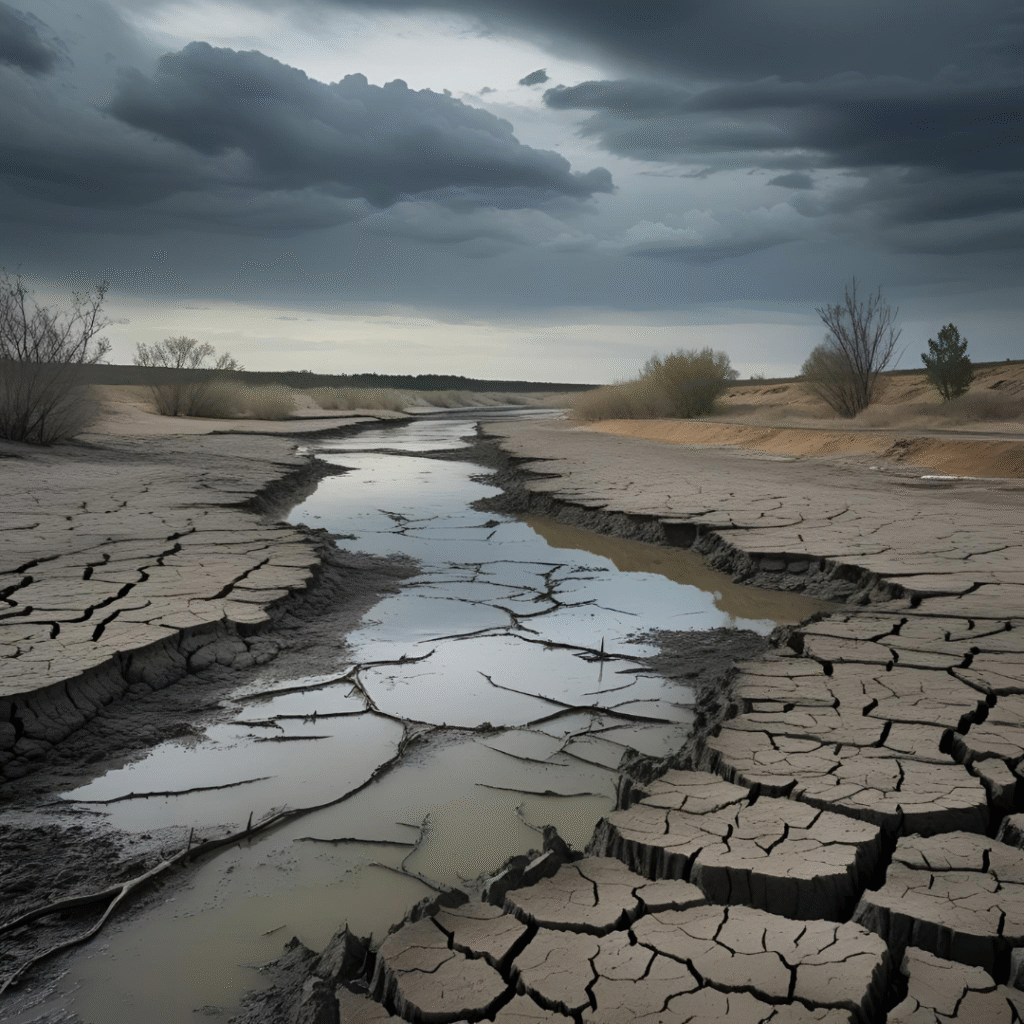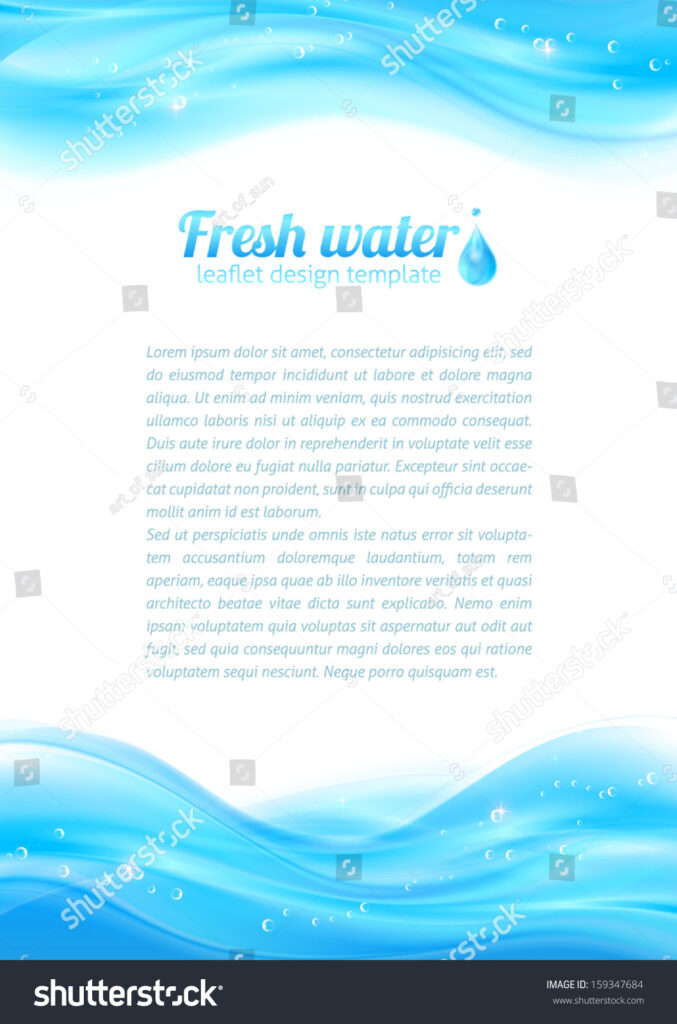Most organisations, governments, and consultants try to assess their water risks by looking at “water stress.” However, if that’s the only metric in your corporate water risk strategy or water risk assessment, you’re missing the full picture—and underestimating your risk exposure.
Why ‘Water Stress’ Is a Misleading Metric
Water stress reflects quantity risk—how much freshwater is available in a region compared to total demand. While, it’s a useful starting point and shows risks in areas we didn’t expect.
Take London, for example. Despite its rainy image, the South East of England experiences seasonal water stress. The region’s high demand exceeds the volume that’s sustainably available—especially in summer.
However, while water stress is worth monitoring, it only tells part of the story.
If you’re trying to understand your company’s or your client’s water risk exposure, relying solely on water stress scores is like evaluating your health based only on weight. It gives you a number—but not the underlying risks, like blood pressure, heart function, or chronic fatigue.
In the same way, water stress scores fail to account for the pollution, infrastructure, governance, and disaster-related risks that can put people at risk, shut down operations, or disrupt entire supply chains.
The Hidden Layers of Water Risks and their Water Risk Assessment
To run a credible water risk assessment, you need to examine risks across three categories—based on WASECO’s proprietary Water Risk Assessment Blueprint, developed from over 15 years of work with the World Bank, UN, and multinational corporations:
1. Physical Risks
Including – but going water stress – this includes:
- Water pollution
- Flooding, storm surges, and landslides
- Droughts and seasonal variability
- Groundwater depletion and land subsidence
2. Infrastructure Risks
Abundant, clean water won’t help if infrastructure is inadequate:
- Water abstraction and treatment capabilities
- Distribution systems (e.g. piped vs. informal access)
- Wastewater collection and treatment
- Aging or fragile infrastructure
- Assets at risk of failure or targeted (terrorist) attack
3. Governance Risks
Water is inherently political—and poor governance amplifies all other risks:
- Are laws and regulations adequate and enforced?
- What is the level of corruption or institutional fragmentation impacting sustainable water management?
- Do public institutions have the capacity and data they need?
- Is there sufficient investment in the water sector?
- Are upcoming policy changes (tariffs, licensing) likely to impact operations?
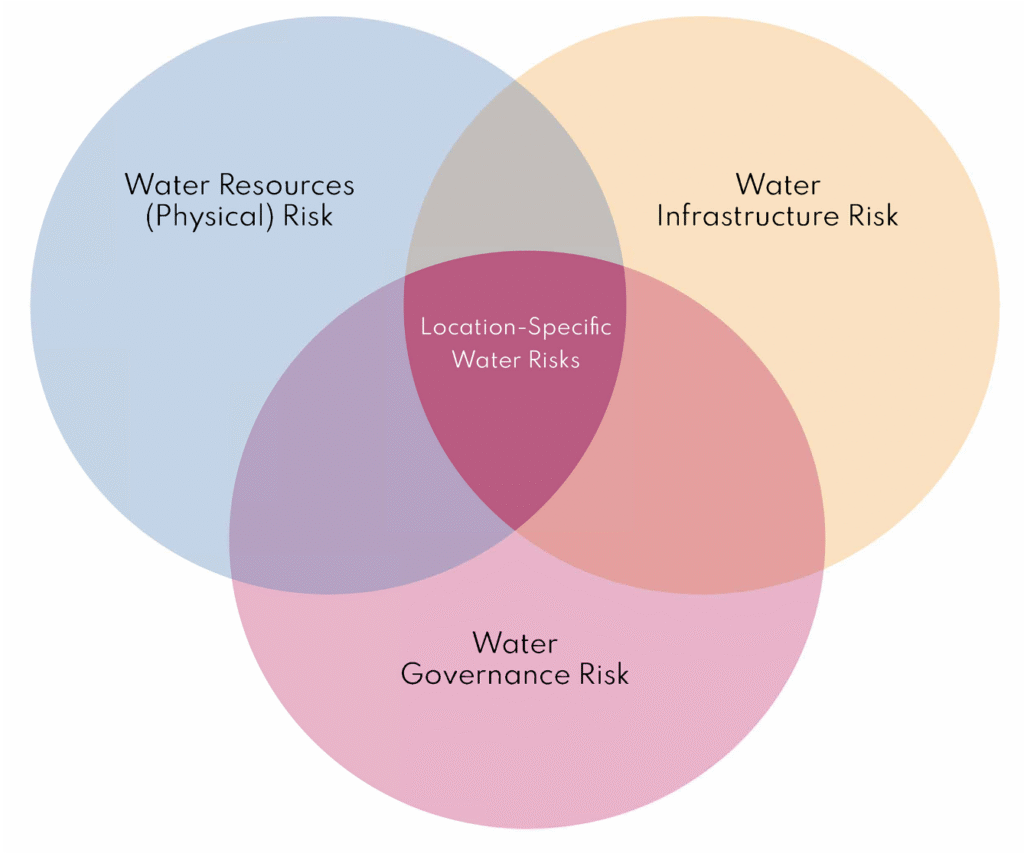
What a Meaningful Water Risk Assessment Looks Like
Yes, WRI’s Aqueduct or WWF’s Water Risk Filter are useful entry points. But they only offer high-level data—and fail to assess critical issues like infrastructure vulnerability or governance breakdown.
Unfortunately, open-source tools aren’t enough.
At best, they can help prioritise sites for deeper analysis.
But if you want to truly understand a company’s exposure, you need an in-depth methodology. Existing frameworks from global institutions like the UN or World Bank are too general and don’t offer practical assessment guidance.
That’s why we developed Water Security Collective’s Water Risk Assessment Blueprint—the only strategy-grade framework that captures physical, infrastructure, and governance risks in a way companies can act on.
It’s a step-by-step assessemnt fraemwork that helps you uncover the real water risk exposure, understand the underlying drivers and find impactful and cost-effective solutions.
With it, you can answer:
- Where are we exposed to localised water risks not visible in global tools?
- What are the true business consequences if we don’t act?
- What are cost-effective, high-impact solutions to reduce water-related risk?
Ready to Learn How to Conduct Your Own Water Risk Assessment?
If you want to deliver credible, strategic insight on water risks—this free training is for you.
👉 Watch the free masterclass:
“Master How to Assess & Communicate Water Risks to Accelerate Your Career—Even If You Have No Prior Expertise in Hydrology or Engineering.”
In under 90 minutes, you’ll learn how to:
- Conduct a full-spectrum water risk assessment
- Communicate water risks with clarity and relevance
- Lead client conversations with confidence—and spot new opportunities
📘 You’ll walk away with a roadmap, not just theory—and the tools to position yourself in a high-value, fast-growing consulting niche.
